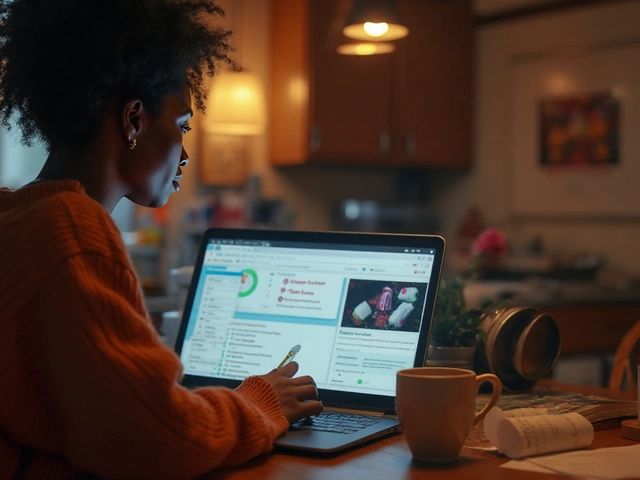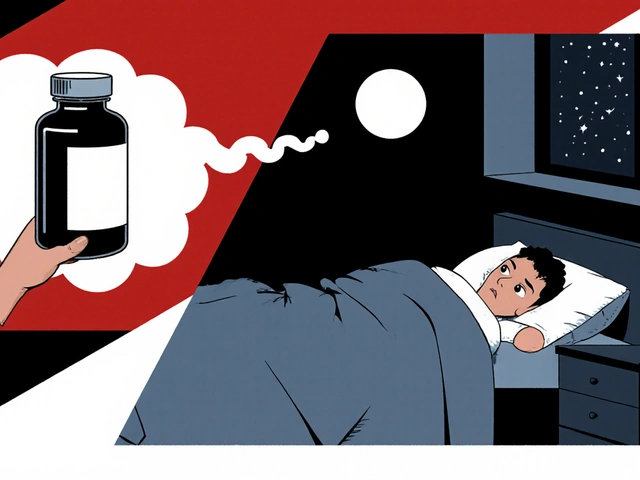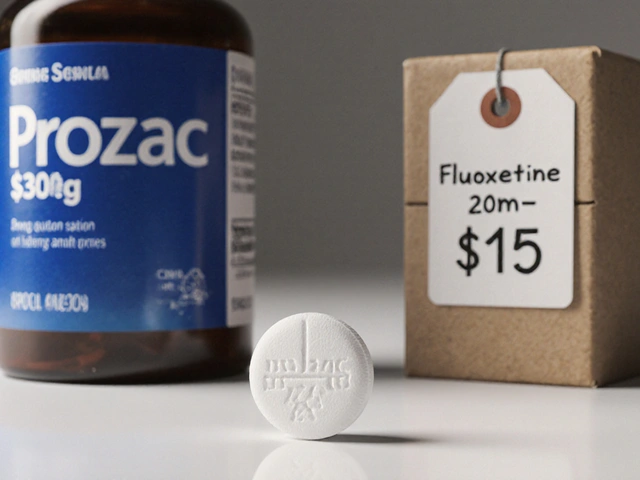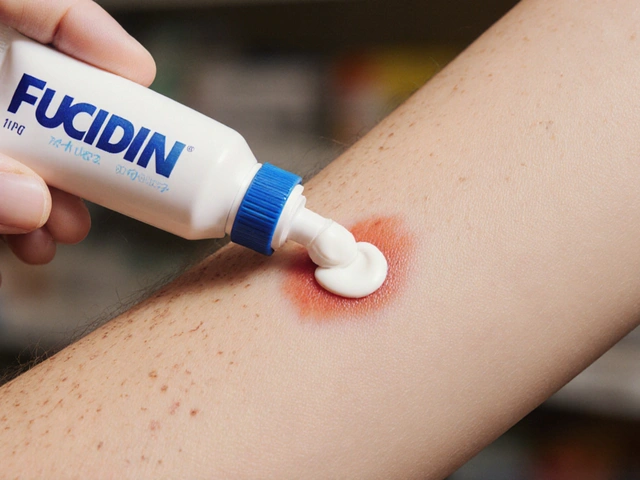Non-Stimulant ADHD Treatment: What You Need to Know
If you're looking for ADHD treatments that don’t involve stimulants, you’re in the right place. Not everyone can take stimulant meds like Adderall or Ritalin, so knowing your alternatives helps you make smart choices about managing symptoms like inattention, hyperactivity, and impulsivity.
What Are Non-Stimulant Options?
Non-stimulant ADHD treatments include medications like atomoxetine (Strattera), guanfacine (Intuniv), and clonidine (Kapvay). These work differently than stimulants by targeting brain chemicals involved in attention and impulse control but without the typical stimulant effects. Some people experience fewer side effects from these, making them a better fit.
Besides medications, non-drug approaches such as behavioral therapy, coaching, and lifestyle changes can boost focus and reduce symptoms. These involve skills training, organization techniques, and sometimes support for families or educators to create a positive environment.
How to Choose the Right Treatment
Deciding how to treat ADHD without stimulants depends on your unique needs and how you react to different therapies. Many adults and kids start with non-stimulants if stimulants cause anxiety, sleep issues, or aren’t effective. Doctors also consider other health factors and possible medication interactions before prescribing.
Working with your healthcare provider to track progress is key. Sometimes combining non-stimulant meds with therapy or lifestyle tweaks gives the best results. Remember, managing ADHD is a personal journey—and exploring non-stimulant options opens up more possibilities that might suit your life better than traditional stimulants.





